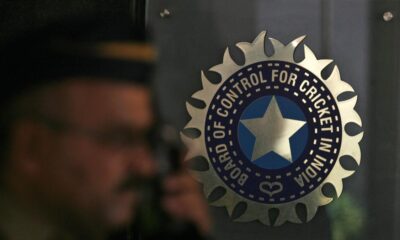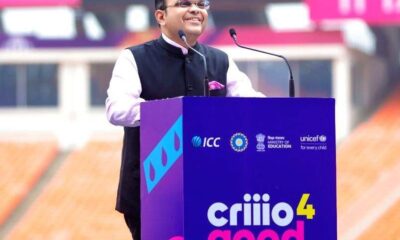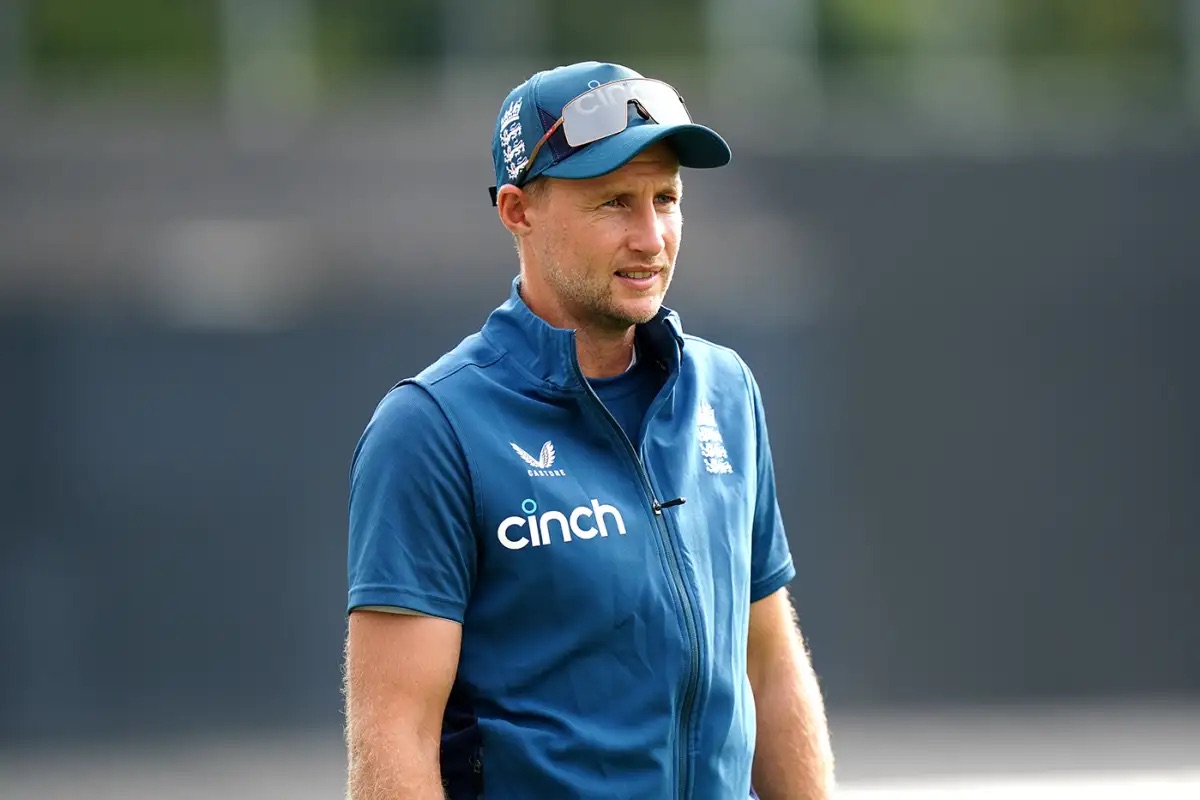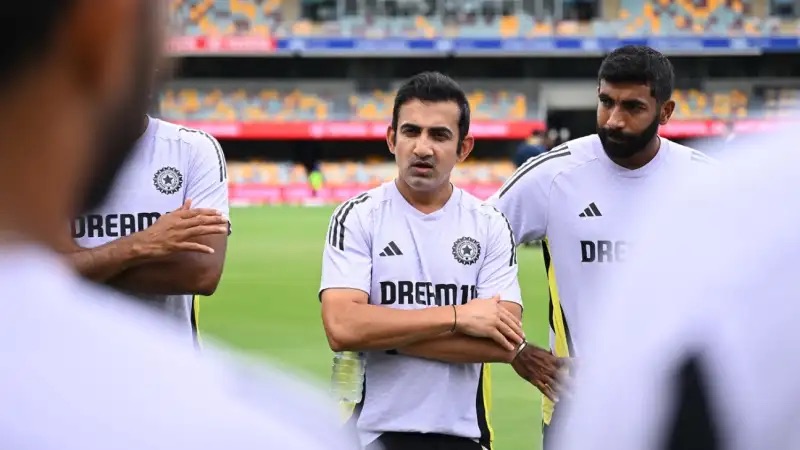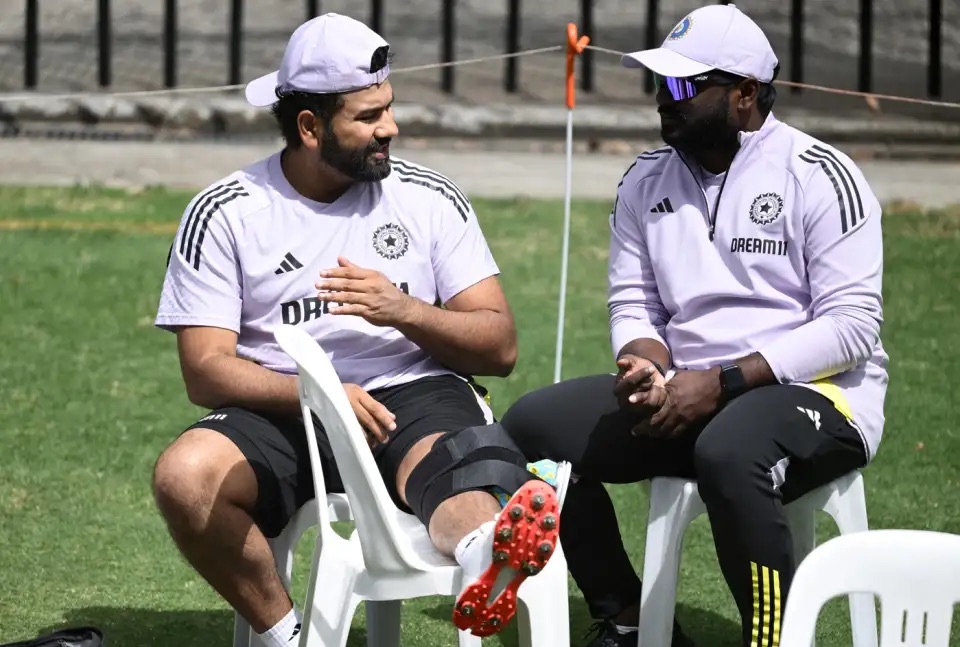Cricket in India is more than just a sport; it is a passion that unites the country of 1.4 billion people. Guiding this complex ecosystem requires strategic vision, and Jay Shah’s journey from a young cricket administrator in Gujarat to a global leader in cricket administration is an example of such leadership.
His rise from the Gujarat Cricket Association (GCA) to the Board of Control for Cricket in India (BCCI), and subsequently as the President of the Asian Cricket Council (ACC) and Chairman of the Finance & Commercial Affairs (F&C) Committee at the International Cricket Council (ICC), has had a transformative impact on cricket globally.
The Early Days
Jay Shah’s formal foray into cricket administration began in 2009 when he when he started working at the district level for cricket development in Gujarat, with the Central Board of Cricket, Ahmedabad (CBCA). He then went on to work at the State level – as an Executive with the Gujarat Cricket Association (GCA). Over the next few years, his administrative acumen, work ethic, and forward-thinking approach were quickly recognized, leading to his appointment as the Joint secretary of the Gujarat Cricket Association (GCA) in 2013.
Gujarat cricket was on the cusp of transformation but lacked the infrastructure and structured pathways to consistently produce top-level players. Shah was instrumental in pushing for better facilities, initiate talent scouting and coaching programs.
His tenure saw a marked improvement in the quality of cricket in the state, with Gujarat emerging as a competitive force in domestic cricket. This period laid the foundation for what would later become his core principles in cricket administration – nurturing talent from the grassroots, modernizing infrastructure, and creating a sustainable ecosystem.
Laying the Groundwork
One of Shah’s significant contributions to the GCA was his role in the redevelopment of the Narendra Modi Stadium in Ahmedabad. The idea was to build a world-class cricketing facility that could host the biggest events in the cricketing calendar. Shah’s vision went beyond just increasing seating capacity; he aimed to create a cricketing hub that could serve as a model for other states. The revamped stadium, with a capacity of 132,000, is the world’s largest cricket stadium.
Shah’s attention to detail extended to ensuring that the stadium offered the best facilities for players, officials, and fans alike. From player amenities to a spectacular spectator experience, everything was meticulously planned. The success of the Narendra Modi Stadium project set
A new benchmark for cricket infrastructure in India. It also proved Shah’s ability to think big and execute projects that would have a lasting impact on the game.
From State to Country – Transition to the BCCI
In 2019, Jay Shah’s work as an astute cricket administrator earned him the role of Secretary of the BCCI, one of the most powerful positions in world cricket. His appointment came at a time when Indian cricket was at a critical juncture. The BCCI was regaining control after the Committee of Administrators’ (CoA) oversight, and the need for stability, vision, and fresh ideas was paramount.
Shah’s initial focus as BCCI Secretary was on bringing structural and operational efficiency to the board. He introduced measures to ensure transparency, improve communication, and streamline processes. Under his leadership, the BCCI adopted a more data-driven approach to decision-making, leveraging analytics to enhance performance across various aspects of the sport.
Navigating the COVID-19 Challenge
Despite the COVID-19 pandemic severely impacting global sports, the BCCI remained resilient, largely due to Shah’s decisive leadership. He guided the BCCI through one of its most challenging periods despite the obstacles. The BCCI successfully conducted the Indian Premier League (IPL) in 2020 in a bio-secure bubble in the United Arab Emirates, followed by another edition in 2021 under strict safety protocols in India. These efforts ensured that the financial health of Indian cricket remained robust, even as other sporting organizations struggled worldwide. The momentum of Indian cricket was evident as Team India continued to perform well across all three formats during this time.
Leading the Asian Cricket Council
In January 2021, Jay Shah was appointed as the President of the Asian Cricket Council (ACC). His leadership in the ACC has been marked by efforts to expand the reach of cricket across Asia, especially in emerging nations. Recognizing his contributions, the ACC members unanimously re-elected him as President in 2024, a rare extension that reflects the trust and confidence of the member nations.
Innovations and Initiatives
One of Shah’s most significant achievements has been his role in expanding the scope and reach of the Indian Premier League (IPL). Today, the IPL is not just a cricket tournament; it is a global sporting event that has been instrumental in driving the economy of cricket.
Shah played a pivotal role in securing record-breaking broadcast deals and sponsorship agreements, significantly enhancing the financial health of the BCCI.
The 2022 IPL media rights auction, for instance, saw astronomical bids that reflected the growing global appeal of Indian cricket. Shah spearheaded the negotiations, resulting in a record-breaking deal worth ₹48,390 crores for a five-year period. This made the IPL the second most valued sporting league globally in terms of per-match value, only behind the National Football League (NFL) of the US.
The success of this deal further solidified Shah’s reputation as a shrewd administrator with a deep understanding of cricket’s commercial landscape.
Championing Inclusivity
Shah’s tenure also saw the introduction of new initiatives aimed at promoting inclusivity and diversity in cricket. He has been a strong advocate for the development of women’s cricket in India.
In a landmark move taking forward BCCI’s commitment to fostering gender parity in Indian cricket, Shah bridged a longstanding pay gap to ensure that female cricketers earn the same as their male counterparts for every match they play. Now, both men and women cricketers representing India receive equal match fees.
Under his leadership, the Women’s Premier League (WPL) was launched, marking a historic milestone in the journey of women’s cricket in the country. The WPL is expected to mirror the success of the IPL and provide a platform for the next generation of women cricketers to shine.
At the grassroots level, Shah’s focus has remained consistent. The BCCI under his watch has invested heavily in upgrading cricket infrastructure across smaller towns and rural areas. By creating better facilities in these regions, Shah’s vision has always been to unearth talent from every nook and corner of the country. The emphasis on creating pathways for young cricketers from non-metropolitan regions reflects Shah’s belief in the democratization of cricket opportunities.
Regional and Global Influence
Jay Shah’s influence extends beyond the borders of India. As the youngest President of the Asian Cricket Council (ACC), Shah drove the growth of cricket across the region. He has been instrumental in strengthening the ACC’s role in developing cricket infrastructure and supporting emerging cricket nations.
Shah’s vision for expanding cricket’s footprint in Asia includes creating opportunities for associate nations and helping them build stronger cricket ecosystems. The unanimous decision by the ACC members to extend Shah’s tenure as Chairman until 2025 is a testament to their confidence in his leadership.
In his role as Chairman of the Finance & Commercial Affairs (F&C) Committee at the ICC, Shah’s insights into governance, finance, and the business of cricket have been highly valued. His contributions have played a key role in shaping the ICC’s commercial strategies, ensuring that cricket remains financially robust while expanding its global reach.
Impact beyond cricket
While Jay Shah made some landmark changes in and around the cricket environment, his impact, while being the BCCI Secretary, has not been limited only to cricket. Under his leadership, the BCCI made significant contributions towards the Indian Olympic Association and the athletes who represented India at the 2020 Tokyo Olympics and 2024 Paris Olympics.
Building for the Future
Jay Shah’s journey has been marked by a clear vision, strategic thinking, and a commitment to the larger good of cricket. His focus on creating sustainable systems, whether through infrastructure development, expanding opportunities for women’s cricket, or driving grassroots initiatives, has had a transformative impact on the game.
Looking ahead, Shah’s role will be crucial as Indian and global cricket navigates new challenges, including the rise of T20 leagues around the world, the growing influence of digital platforms, and the need for constant innovation. As cricket faces new challenges and opportunities, Shah’s strategic vision and ability to drive innovation will likely shape the direction of the sport for years to come.


 Cricket News5 months ago
Cricket News5 months ago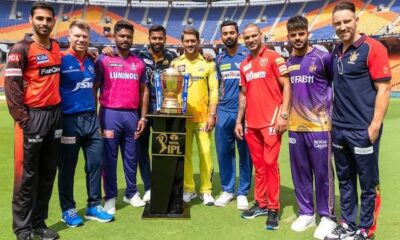
 Cricket News5 months ago
Cricket News5 months ago
 Cricket News5 months ago
Cricket News5 months ago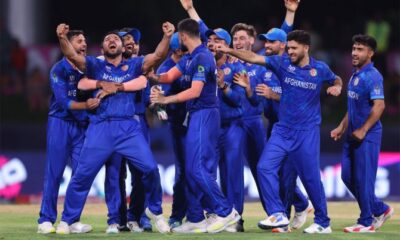
 Cricket News5 months ago
Cricket News5 months ago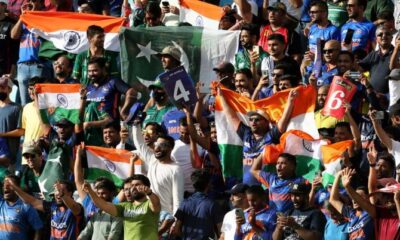
 Cricket News5 months ago
Cricket News5 months ago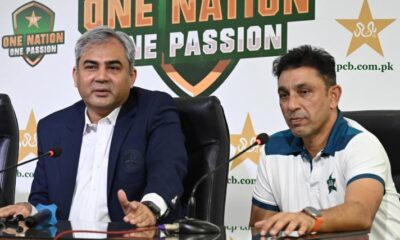
 Cricket News3 months ago
Cricket News3 months ago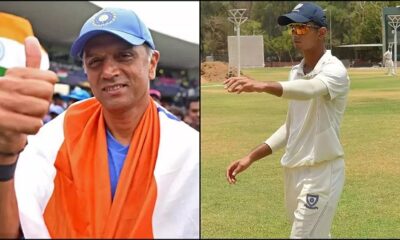
 Cricket News5 months ago
Cricket News5 months ago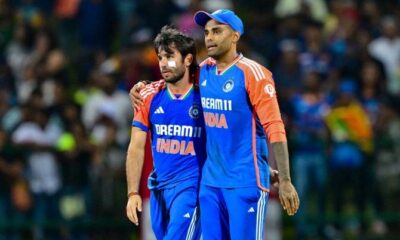
 Cricket News5 months ago
Cricket News5 months ago
